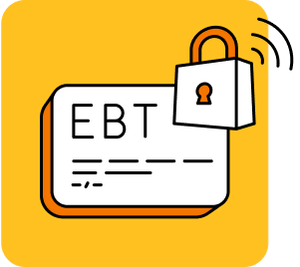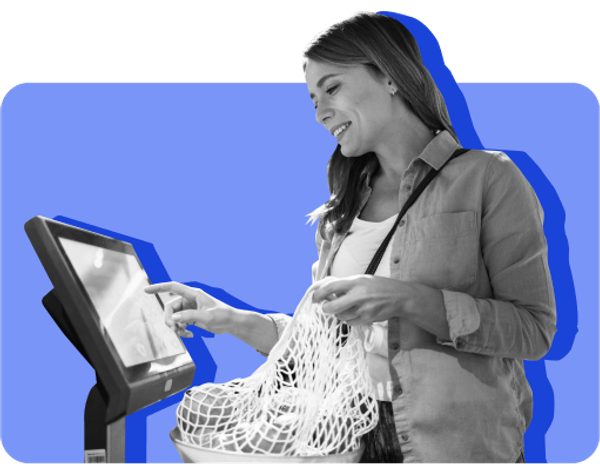SNAP household explained

A surprisingly confusing part of accessing food stamps (SNAP) is often in the very first question people have to answer:
Who is in my household?
That's both because SNAP defines a household in a special way (not just "who you live with") and also because people's lives are complex!
And the definition matters because the program is based on household income. People sometimes think they're not eligible when they are, because they misunderstand what the household rules are.
The #1 rule: it's who you purchase and prepare food with#the-1-rule-its-who-you-purchase-and-prepare-food-with
This is the most basic definition for SNAP:
Your SNAP household is the people you buy and prepare food with.
If you want to get technical, the wording of the rule is that it's people who are "customarily purchasing food and preparing meals for home consumption." [1]
So in many situations a person can apply separately from other people they live with.
One common way this happens is when roommates share an apartment, but they don't share food. In general, if a person in a shared apartment buys and prepares their own food, they can be their own household for SNAP eligibility.
So the first question to ask if you're wondering who you have to apply with (and count the income of) it's going to be the people you share food with.
The #2 rule: some people MUST be counted in the same household#the-2-rule-some-people-must-be-counted-in-the-same-household
There are a few cases where people must be counted in the same household for SNAP, even if they don't share food.
These situations always have to be one single household for SNAP:
- Married couples (spouses) are a single household
- Someone under age 22 who lives with their parents are all a single household
- A child under 18 living with and under the "parental control" of a adult who's not their parent make up a single household
There are also some exceptions for household rules#there-are-also-some-exceptions-for-household-rules
We're just covering the basics here, but know that there are also some exceptions that might help you become eligible even if you might think you're not.
Some special SNAP household situations include people who are elderly or disabled, live-in attendants, boarders.
So if you're not sure who to put on your application, it's best to just include everyone you think might be in your household, and then you can talk about it in your SNAP interview. Your caseworker will be an expert in the rules and can help figure it out for you.
How to clarify who is in your SNAP household when applying #how-to-clarify-who-is-in-your-snap-household-when-applying
There are two times you can do this when you apply:
1. Application checkbox for "applying for benefits"
Often the state's SNAP application will have a checkbox next to each household member on it that says "Applying for benefits?"
You can put "no" next to someone who is not in your household, like a roommate who you don't share food with.
2. During your interview
SNAP requires an interview, and that's a great opportunity to talk through your specific situation!
If you're not totally sure when filling out the application, explain what your household looks like and the SNAP caseworker will figure it out with you.








